Earl Castle Stewart, unconventional peer who helped to run the Guggenheim art empire – obituary
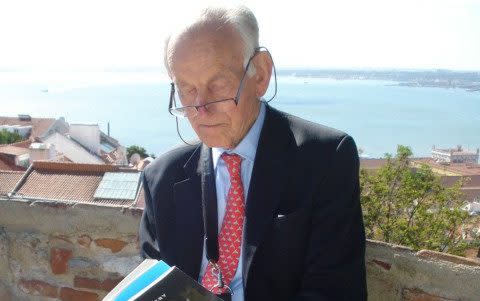
Patrick Stuart, the 8th Earl Castle Stewart, who has died aged 95, was among the last living peers to have inherited their titles as a result of older brothers being killed in action in the Second World War. In Patrick’s case, two of his older brothers were killed – David in 1942 in the second battle at Al Alamein and Robert in 1944 at Anzio, making him Viscount Stuart and his father’s heir. In fact, a generation earlier, his father, the 7th Earl, also a third son, had succeeded his father after the death of two brothers in the Great War.
Despite the sense of unpreparedness and inadequacy often felt by a younger son, Patrick – who succeeded his father in 1961 – was buoyed by the family motto “FORWARD”, and devoted his life to a number of causes and enterprises, only some of which he inherited.
Most unconventionally, he was an ardent disciple of Rudolf Steiner from the age of 17, which informed much of what he did, from his faith to biodynamic farming and community banking. As he put it, “I have tended to feel myself as a sort of bridge between the orthodoxy in which I was brought up and have never fully discarded and the philosophy of Steiner with its application in the world, which is much more radical.”
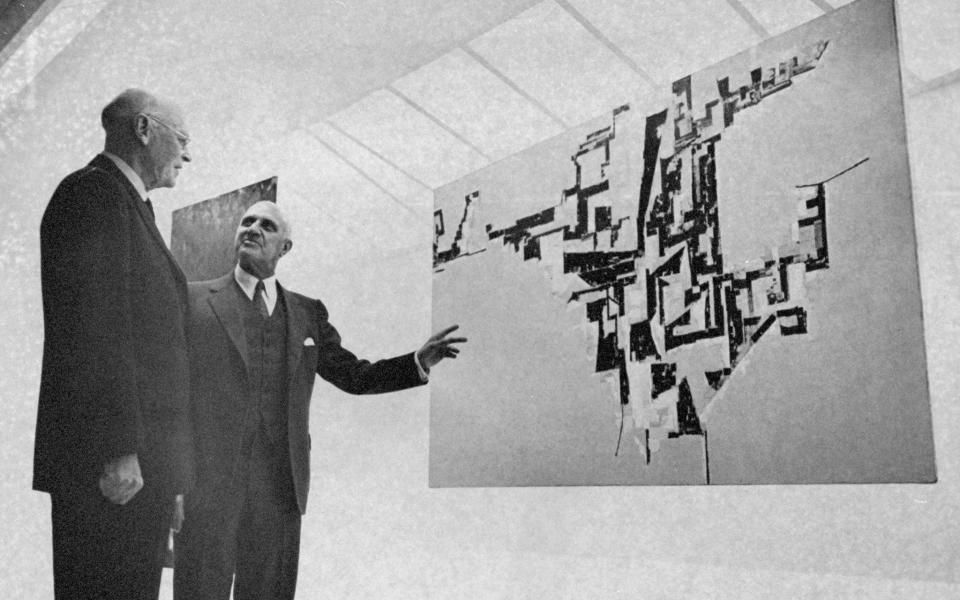
His mother was a scion of the American art-collecting dynasty the Guggenheims, and Patrick served on the board of the Solomon R Guggenheim Museum in New York, the famous spiral on Fifth Avenue designed by Frank Lloyd Wright; until 1997, he served as vice-president of trustees. He was also on the advisory board of the Peggy Guggenheim Collection, created by the American heiress, who was his mother’s first cousin.
Peggy’s extraordinary 1960 memoir, Out of This Century, boasting of a prodigious love life (an estimated 400 lovers), had so scandalised the family that it was said they had tried to buy up all the copies before they hit the streets. US reviews were savage. One paper proposed an alternate title “Out of My Head”. Subsequent assessments have suggested the memoir disproportionately tarnished the reputation of the woman who had a legitimate claim to be one of the great heroines of 20th century.
Patrick’s parents had little contact with cousin Peggy, but the year after her memoir appeared, Patrick and his first wife spent a pleasant week with her in Venice. In 1969 the Solomon R Guggenheim Foundation invited Peggy, Solomon’s niece, to show her collection in the New York museum. The following year she donated her Venetian palazzo and, in 1976, her entire collection to her uncle’s foundation.
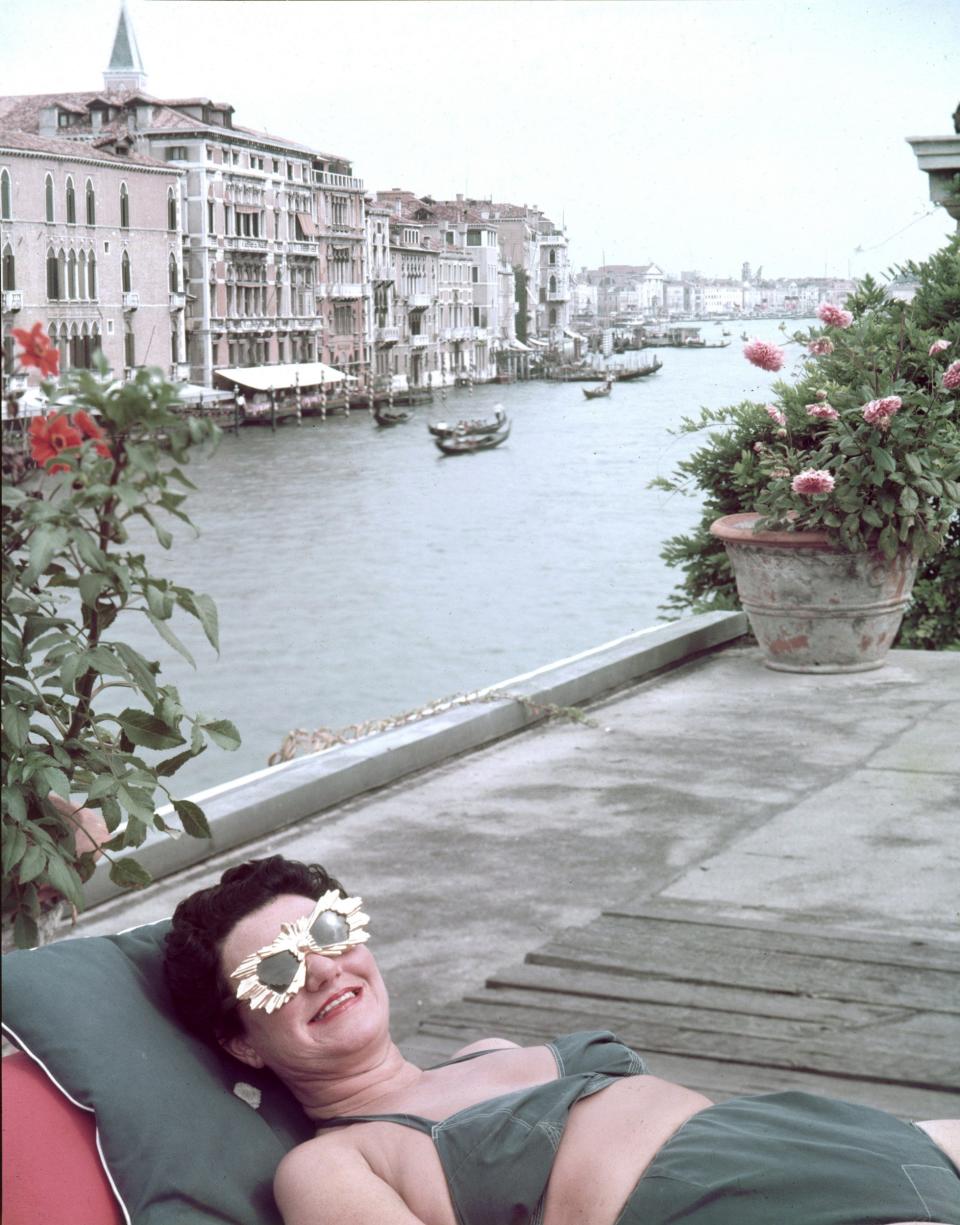
In 1980, a year after Peggy’s death, Patrick became vice-president of the advisory board of the Peggy Guggenheim collection and 30 years later, its president. With other cousins, led by Harry Guggenheim and Peter Lawson-Johnston, and guided by eminent experts and administrators, the museums in New York and Venice took their place among the world’s best, with outposts in Bilbao and soon Abu Dhabi.
And yet, despite the several decades Patrick devoted to the avant-garde collections of his mother’s side of the family, he personally preferred the classical collection of the Stewarts – 16th- and 17th-century pictures by Theobald Michau, Pieter Boel, Joseph Nickolls, and Bartolomeo Passerotti, more than 60 of which were donated by the family to the National Trust of Northern Ireland and are now at Ardress House, Co Armagh.
Arthur Patrick Avondale Stuart was born on 18 August 1928, the third son of the 7th Earl of Castle Stewart, then Unionist MP for Harborough, and Eleanor, the eldest daughter of Solomon Guggenheim, one of the seven sons of Meyer Guggenheim. Solomon had founded the Yukon Gold Company and had begun to build a vast collection of avant-garde paintings with the proceeds.
Pre- and post-war, Patrick visited his “Gramps” on Long Island, at his Idaho ranch and in New York, where he recalled the famous suite at the Plaza Hotel – its walls covered with Kandinskys, Klees, Picassos, Modiglianis and Bauers, on which Hilla von Rebay, his grandfather’s formidable advisor and curator, instructed Patrick.
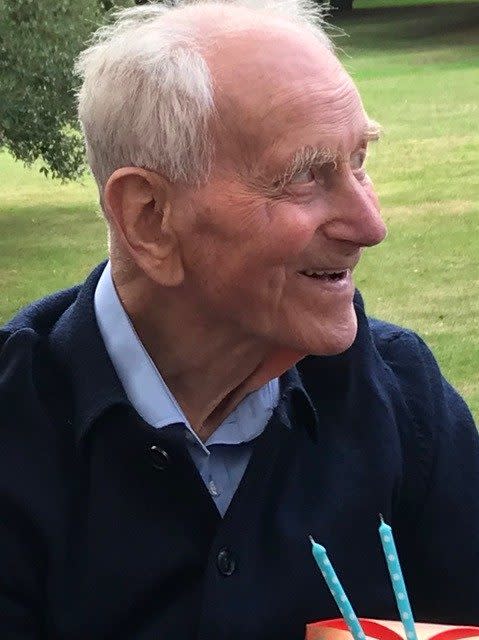
The Earldom, created in 1800, in the peerage of Ireland, elevated the 9th Baron Castle Stewart. In 2013 Patrick lent his DNA to a University of Strathclyde study that confirmed his descent from Walter Stewart, one of Robert the Bruce’s generals and 6th High Steward of Scotland, born in 1296. Their direct descent from Robert Stewart, 1st Duke of Albany, younger son of Robert II of Scotland, gave the Earls Castle Stewart a claim to be the senior representatives in the pure male line of the Royal House of Stuart.
At Eton he became a disciple of the Austrian philosopher and educator, Rudolf Steiner, whose teaching became an abiding influence on his life. As he put it, “there can’t be too many people who became anthroposophist on the playing fields of Eton.”
In 1949, after Trinity College, Cambridge, Patrick was commissioned into the Scots Guards. He served with Angus Ogilvy, later the husband of Princess Alexandra. One evening during training, they were cast as enemy agents, on the run in a part of Ashdown Forest, seven miles from Patrick’s childhood home, Old Lodge. They found the drive and spent the night before a log fire with Patrick’s parents drinking whisky. At 2am they found their pursuers in the forest, who were oblivious to where they had been.
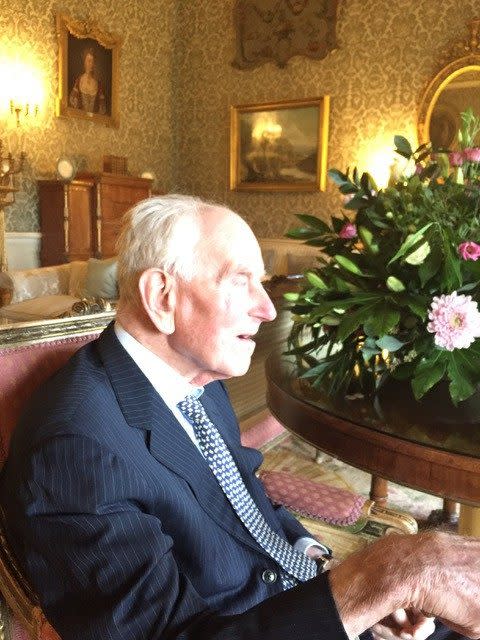
Once commissioned, one of their duties was the “bank picket” which required 2nd Lieutenants Ogilvy and Stuart to walk from Chelsea Barracks to the Bank of England. The guard was purely ceremonial. “We had no briefing about what to do if the Bank were attacked.”
After national service, he bought land in Somerset, and devoted areas of the farm to organic and bio-dynamic farming, inspired by Steiner. Later, he would be one of the founder members of Mercury Provident in 1973 (it later merged with Triodos, a Dutch ethical bank), its mission to support community endeavours that furthered social involvement or environmental goals. He also became a trustee of the Christian Community in the UK, another institution inspired by Steiner.
The family had not lived in Northern Ireland since 1914. The 7th Earl had wanted to give Stuart Hall to the National Trust but James Lees Milne passed it over as the top floor had been removed, disfiguring its Georgian lines. During the Second World War, it was used for homeless Catholic mothers and their children from Belfast. Patrick had not visited Stuart Hall until 1948. He continued to visit regularly, and throughout the Troubles; he never gave up on peace, but in 1972 the IRA blew up the house, believing the British were to use it as a base.
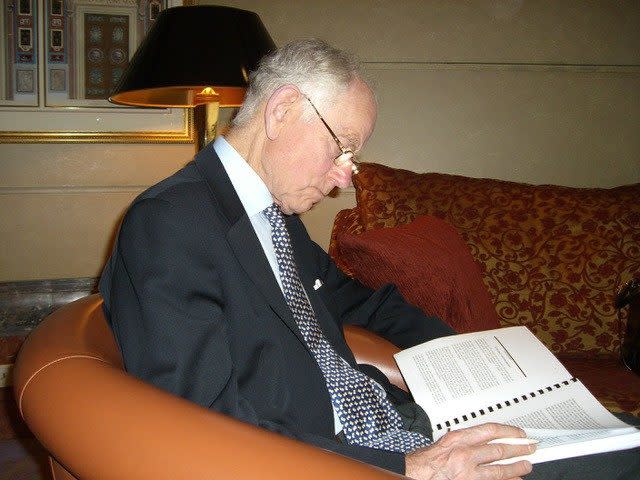
Its sturdy walls continued to stand but it was demolished in 1987 and a bungalow built in its stead, which Patrick and his second wife made their home.
He was an enthusiastic forester and transformed the landscape and woodlands around Stuart Hall. They also immersed themselves in the social life of Northern Ireland, bringing together the Protestant and Catholic communities at Stuart Hall and elsewhere, with Patrick’s natural joie de vivre and his enthusiasm for singing and dancing proving considerable assets. His wife became a Deputy Lieutenant of Co Tyrone.
In 1952 he married Edna Fowler, a Birmingham-born nurse whom he met at a Steiner home for children. She died in 2003. In 2004, he married secondly Gillian Savill, formerly an employee of the BBC World Service, whom he had met on a Guggenheim Museum visit in 1995. She survives him, along with two children of his first marriage, a daughter, Bridget, and a son, Andrew, who succeeds as the 9th Earl.
Patrick Stuart, 8th Earl Castle Stewart, born August 18 1928, died on November 21 2023

